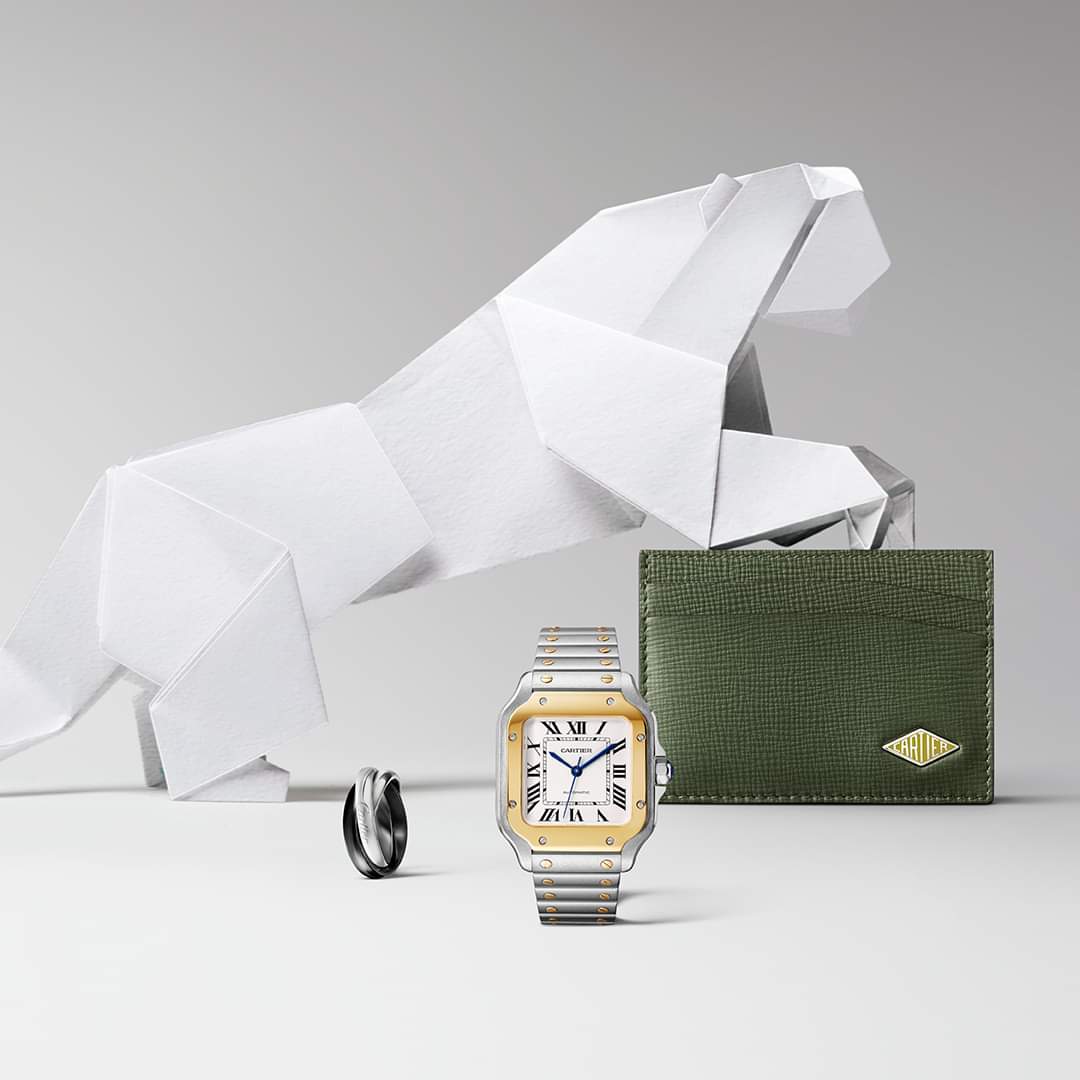Cartier, a name synonymous with luxury, elegance, and craftsmanship, has long held its position as one of the world’s most prestigious jewellery and watchmaking brands. For South Africans interested in the world of high fashion and luxury, understanding the legacy and allure of Cartier is key. Here are 20 things to know about this iconic brand:
1. Founded in 1847
Cartier was founded by Louis-François Cartier in Paris in 1847. It began as a small jewelry workshop, later growing into an international luxury powerhouse known for its exceptional designs.
2. The ‘King of Jewellers’
Cartier is often called the “king of jewellers, jeweller of kings” due to its association with royalty and aristocrats. Over the years, various monarchs from different countries, including England, Spain, and Russia, have commissioned Cartier for their jewelry.
3. Cartier in South Africa
Cartier is well-loved in South Africa, with a presence in luxury shopping destinations such as Sandton City in Johannesburg and the V&A Waterfront in Cape Town, where discerning customers can experience their exceptional pieces firsthand.
4. Famous Cartier Watch Collections
Cartier’s most famous watch collections include the Tank, Santos, and Ballon Bleu. These iconic timepieces have become symbols of style and luxury worldwide, often seen on the wrists of celebrities and executives alike.
5. Cartier and Diamonds
Given South Africa’s history as a major diamond producer, Cartier’s association with fine diamonds makes it a significant brand. Cartier often features diamonds in their high jewellery collections, elevating the status of their pieces.
6. The Cartier Love Bracelet
One of Cartier’s most iconic pieces is the Love Bracelet, designed in the 1970s. This bracelet is known for its screw-lock mechanism, symbolizing eternal love, and has become one of the brand’s best-selling items globally.
7. Environmental Responsibility
Cartier is committed to ethical practices. As part of the Richemont Group, it supports the Responsible Jewellery Council, promoting responsible sourcing of materials, including gold and diamonds. This resonates with South Africans aware of the country’s mining legacy.
8. Cartier and Royal Ties
Cartier’s association with royalty extends to South Africa as well. One of the most notable connections is the famous Panthère de Cartier collection, once a favorite of Wallis Simpson, the Duchess of Windsor. Her jewellery collection featured Cartier pieces, including panther-themed designs.
9. Cartier’s Red Box
Cartier’s signature red box has become an unmistakable symbol of luxury and sophistication. This box has become almost as iconic as the jewellery and watches it holds, representing exclusivity and timeless beauty.
10. The Cartier Panthère
Cartier’s panther motif is perhaps its most recognizable. Introduced in the early 20th century, the panther has appeared on rings, bracelets, and necklaces. This fierce, yet elegant animal is a symbol of the brand’s unique blend of luxury and strength.
11. Cartier and South African Celebrities
Cartier has become a status symbol among many South African celebrities. Personalities such as Bonang Matheba and Trevor Noah have been seen wearing Cartier pieces, which adds to the brand’s appeal in the local market.
12. Bespoke Pieces
Cartier is renowned for its bespoke creations, allowing clients to collaborate with designers to create one-of-a-kind pieces. This exclusivity makes it a favorite among affluent South Africans looking for unique, personal expressions of style.
13. Cartier’s Philanthropy
The Cartier Women’s Initiative is a global program that supports female entrepreneurs by providing financial support and mentorship. This initiative could appeal to South African women entrepreneurs seeking growth opportunities.
14. Heritage of Innovation
Throughout its history, Cartier has consistently pushed the boundaries of jewellery and watchmaking. The brand introduced platinum as a new setting for diamonds, revolutionizing jewellery design at the time.
15. African Influence in Cartier Design
African art and culture have had subtle influences on Cartier’s designs, particularly during the Art Deco era. Cartier drew inspiration from Egyptian, tribal, and Moroccan art, which resonates with the continent’s rich artistic history.
16. Cartier’s Involvement in Art
Cartier supports the arts through its Fondation Cartier pour l’Art Contemporain. This foundation promotes contemporary art, and its exhibitions have global influence, inspiring designers and artists worldwide, including those in Africa.
17. Craftsmanship Excellence
Each Cartier piece is handcrafted with meticulous attention to detail. The brand employs master craftsmen, including gemologists and metalsmiths, ensuring that every piece meets Cartier’s high standards of quality.
18. Cartier High Jewellery Collections
Cartier is famous for its high jewellery collections, often featuring rare gemstones and impeccable craftsmanship. These exclusive collections are coveted by collectors and fashion-forward elites, including those in South Africa’s luxury circles.
19. Cartier and Film
Cartier has long been associated with the film industry, with its jewellery appearing in several major films. This adds to the brand’s cultural cachet and enhances its image as a brand beloved by celebrities, including South African film stars.
20. A Global Brand with Local Appeal
Cartier continues to maintain its global reputation while catering to local tastes. In South Africa, Cartier’s presence in leading shopping centres ensures that the brand remains accessible to those who appreciate luxury and timeless elegance.
Cartier’s status as a global luxury leader is undeniable, with its long history, association with royalty, and continued innovation. For South Africans, Cartier offers not only an opportunity to invest in high-quality, timeless pieces but also to be part of a legacy rooted in craftsmanship and elegance. Whether through its watches, jewellery, or iconic collections, Cartier’s place in the luxury market remains unmatched, appealing to those with an eye for both heritage and modern sophistication.








